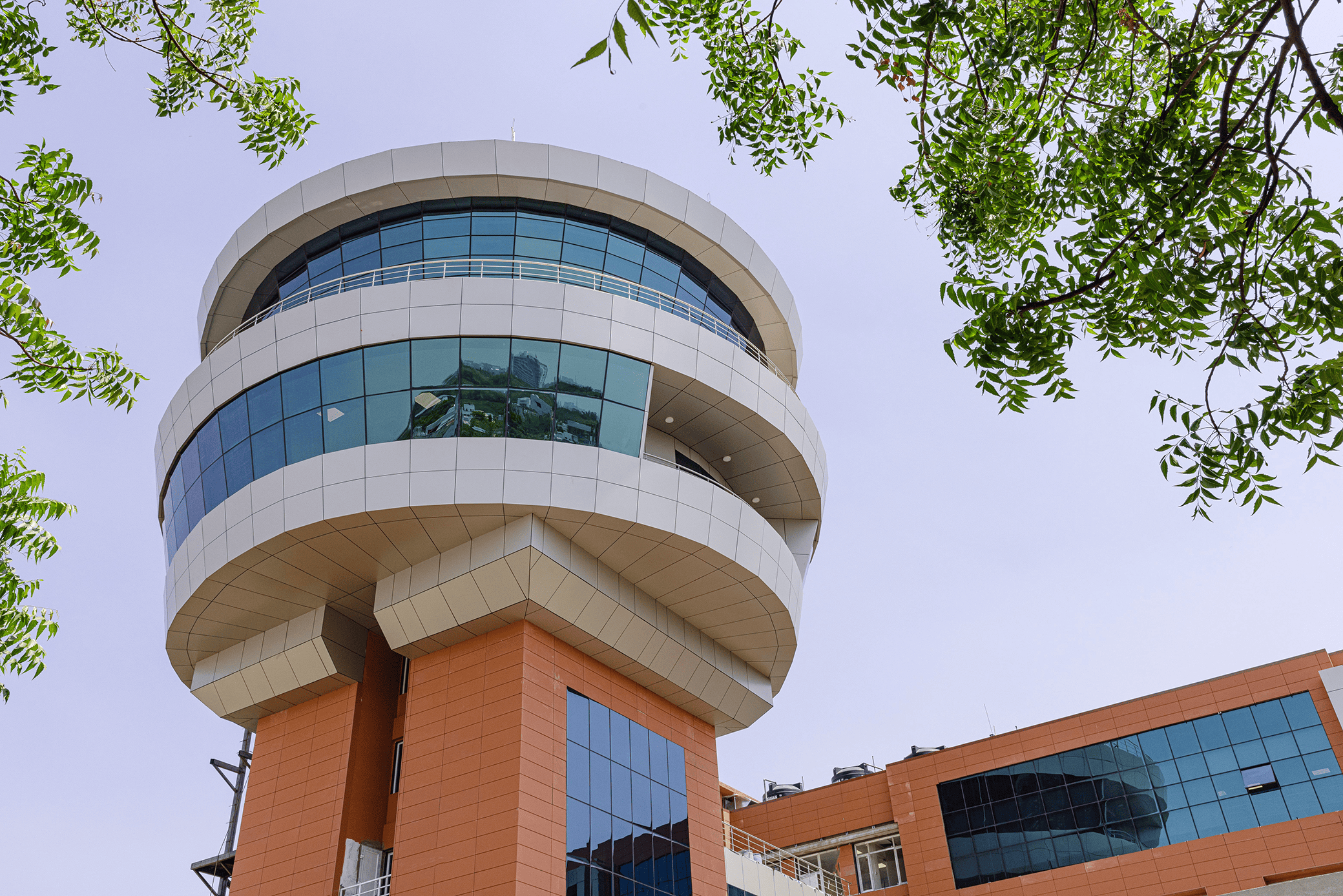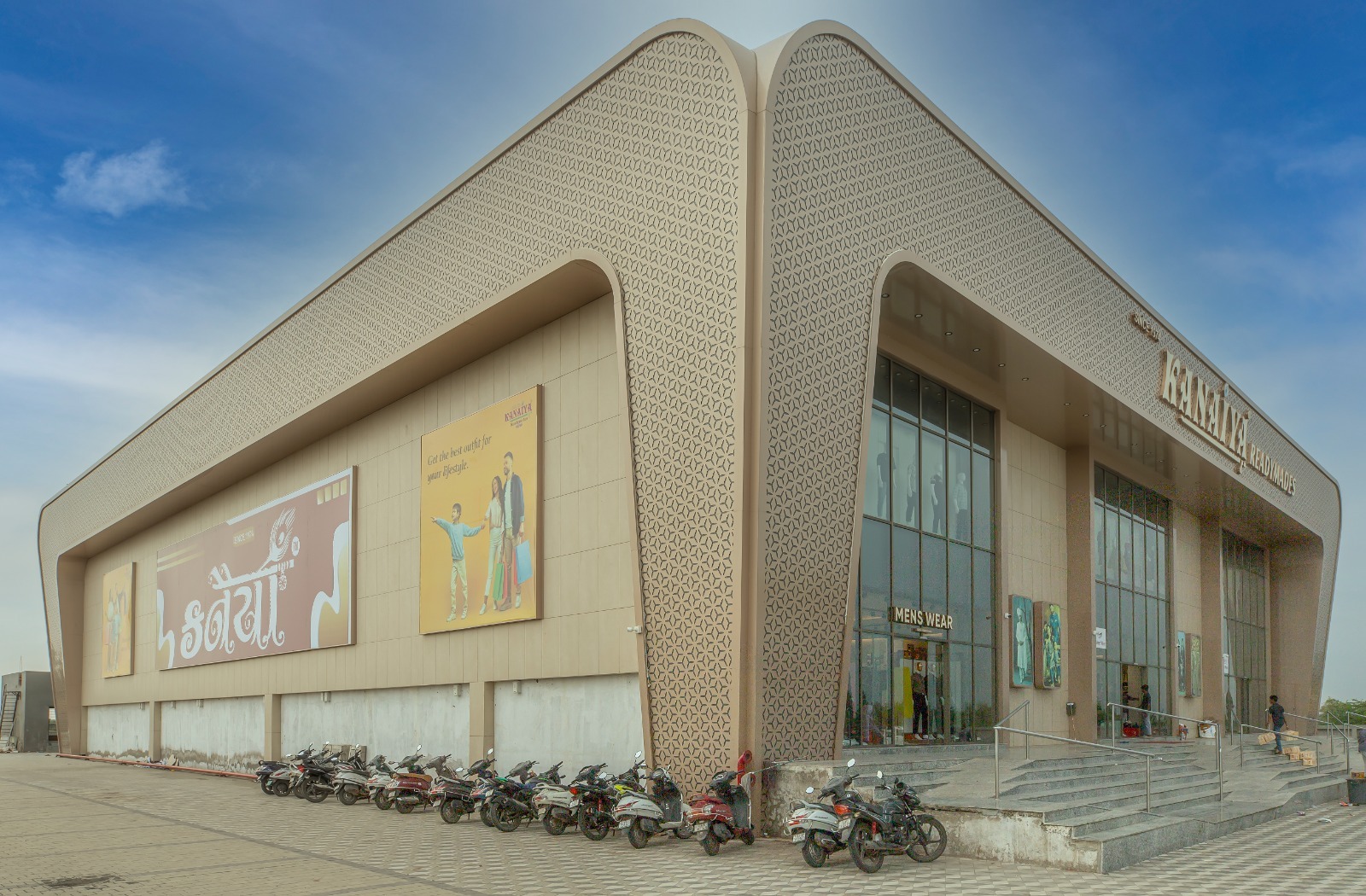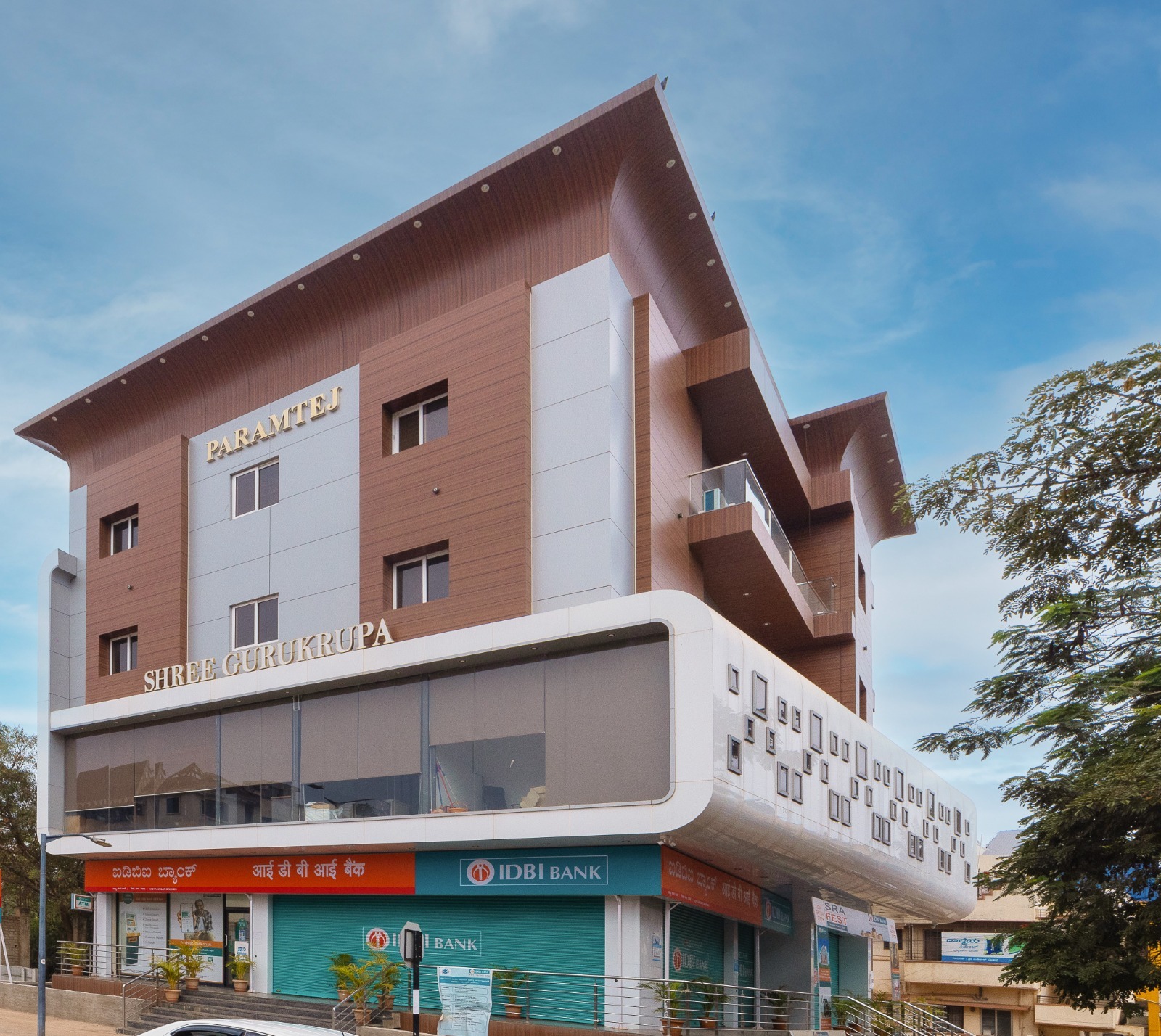Rainscreen System
Viva Rainscreen Systems are designed for better moisture management and high energy efficiency. A Rainscreen System is an exterior cladding infrastructure that fits on the wall of a building as a weather-resistant barrier, creating an air circulation gap directly behind the cladding which helps to protect the buildings from environmental factors such as rainwater and moister deposition. The Rainscreen System allows moisture to easily drain away from the building wall and the air that flows between the cladding and the wall accelerates evaporation of any residual moisture. Rainscreens also provide a solution for improving building energy efficiency by facilitating exterior insulation.
Rainscreen Cladding Mechanism
A Rainscreen panel should be viewed as a building envelope support mechanism, whose primary function is not to provide barrier protection against water penetration (such as a weather-resistant barrier does). Rather, a Rainscreen is designed to limit the amount of water that could potentially come into contact with the primary building envelope’s moisture barrier, thereby reducing the chance of water finding a way into the wall assembly. It does this by defending the wall assembly against the five forces that drive rain into buildings: kinetic energy, gravity, capillary action, surface tension, and pressure gradients.


Why to Avoid Silicone Application in Modern ACP Facades?
-
Can be installed on new projects as well as refurbishments
-
Minimal maintenance required
-
Silicone free installation resulting in a clean and consistent appearance of façade
-
Open groove installation
-
Impact and weather-resistant
-
High degree of water tightness and structure stability
-
Quick and easy installation
-
Increases energy efficiency
-
Increase shelf-life of cladding & facade
-
Lightweight and durable with Viva Aluminium Composite Panel or ACP Sheets
-
Improves thermal and acoustic insulation
Why Viva Rainscreen Cladding Systems
-
Silicone has bleeding properties and releases oil due to weather reaction
-
High maintenance cost
-
Contributes negatively to the aesthetics of facades
-
Vulnerable and easy to stain
-
Not suitable for internal air ventilation
-
Traps moisture which affects the life of façade and structure
-
Cracking issues observed typically after 3-4 years of installation
-
Colour variations are limited

Advantages of Viva Rainscreen Systems
Low Maintenance
Rainscreen system is an excellent method of protecting the exterior wall of a building from environmental effects. In fact, materials such as aluminium cladding or ACP Cladding will ensure your building benefits from low maintenance whilst the rear-ventilated cavity prevents moisture from reaching the main building structure. This provides a number of performance related benefits by keeping the underlying elements continuously dry.
Cost-effective
We have a range of materials and finishes that will help you achieve your vision within your budget. Whether it’s an aluminium rainscreen system or Corten weathered steel, we have a solution to suit your needs. Cladding a façade with rainscreen system is a cost-effective method which improves the thermal performance of the building.
Improved Air Ventilation
As over-cladding involves fixing slab insulation to the exterior wall of the existing building, there is no loss of internal space and it is covered with a breathable membrane before ‘over-cladding with a rainscreen system. In addition to improving the building’s energy efficiency, it makes it look like new, too!
Aesthetic Appeal
Apart from better thermal performance, over-cladding an existing building can greatly improve its appearance. In fact, it makes an old building look and performs like new. This is an excellent way of modernizing older properties or ensuring that new builds have a contemporary appeal.
Gravity-defying Designs
Viva rainscreen cladding systems are lightweight and strong, making it relatively easy to create engaging, striking designs that appear to defy gravity. Whether it’s an overhanging canopy, parabolic curve or gouged-out aperture in a façade, our lightweight and strong metal rain-screen cladding systems can help you deliver the vision.
Sustainability
Rainscreen cladding system meets the requirements for off-site construction, which means it is relatively fast to fit on-site. That’s because many of the items are pre-assembled in the project site, allowing large elements to be craned into position on-site. Being a dry construction technique also means that it isn’t affected by inclement weather that could stop wet trades.
Ease of Installation
The lightweight property makes rainscreen cladding systems relatively easy to install.
Ease of Use
Viva Rainscreen panels Systems is easy to uninstall, repair, and reinstall on any individual panel.
FAQ'S
Rainscreen systems enhance building durability by preventing moisture infiltration, improving thermal efficiency, and offering a modern aesthetic.
It creates a ventilated cavity between the cladding and wall, allowing water drainage and airflow to prevent moisture buildup.
Common materials include ACP panels, high pressure laminates (HPL), fiber cement boards, and metal panels.
They are widely used in commercial, residential, and institutional buildings, especially in regions with high rainfall.
Installation involves mounting the cladding on a subframe, leaving a ventilated cavity to manage water and airflow effectively.
A ventilated rainscreen system incorporates airflow within the cavity to enhance moisture evaporation and reduce thermal stress.
Yes, they reduce thermal bridging, improve insulation performance, and lower energy consumption for heating and cooling.
Look for quality certifications, customizable designs, material durability, and experience in weather resistant systems.
Pressure equalized systems balance external and internal air pressure, while drained/back ventilated systems focus on water drainage and airflow.
Made with high-quality materials, they offer long-term durability against weather, UV radiation, and mechanical stresses.





 en
en
 Spanish
Spanish Arabic
Arabic Swahili
Swahili French
French